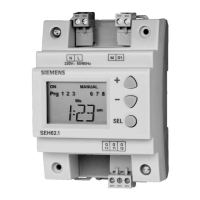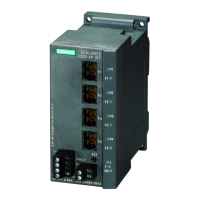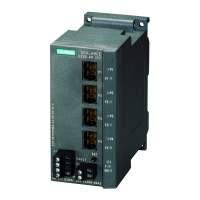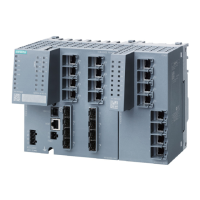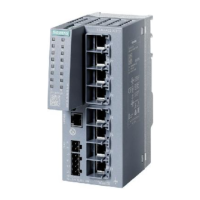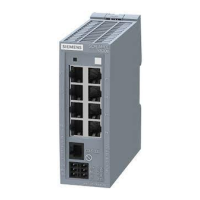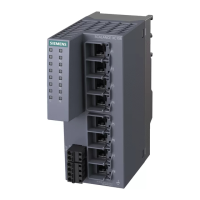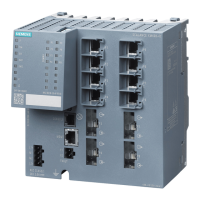D. Maintenance
NOTE: If the switch is not kept in good working order by proper inspection and care,
the service life of the switch may be affected and the probability of a failure during
operation increases. Frequency of inspections will be a function of atmospheric
contamination, frequency of operation, fault current exposure, etc. The user must establish
and follow a suitable maintenance program. The following are some suggested items to
check, but should not be considered an all inclusive listing:
1. Periodically operate the switch several times and check for actions described in Section C.
Clean and re-lubricate the jaw contacts and the end of the blade with factory approved
grease.
NOTE: NEVER use a non-oxide grease or the type of inhibitor based electrical joint
compound designed for solid bolted connections, on either the hinge or jaw contacts.
If used, the inhibitor will lock-up these moving contacts.
2. When the switch is being operated, if the blade requires light effort to rotate after it is
clear of the interrupter lever, lubricate the hinge with a factory approved lubricant.
NOTE: Silicone lubricants, heavy oils or greases are NOT recommended.
3. Check the mechanical of the interrupter action by hand. If the interrupter is stiff:
a. Clean the push rod with denatured alcohol and re-lubricate the push rod with
a factory approved lubricant and operate the interrupter several times by hand.
b. If the interrupter is still stiff or the push rod has a very heavy coating of corrosion,
it is recommended that you replace the interrupter.
NOTE: The internal mechanism of the interrupter does not require maintenance.
Any attempt to do so may damage the interrupter.
Hookstick disconnect switches (types SE, SEL, SER, LER, E, EF, B-1, B-2, EH, EHL, and EHTT) Instruction Manual
8
Push rod
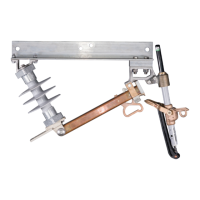
